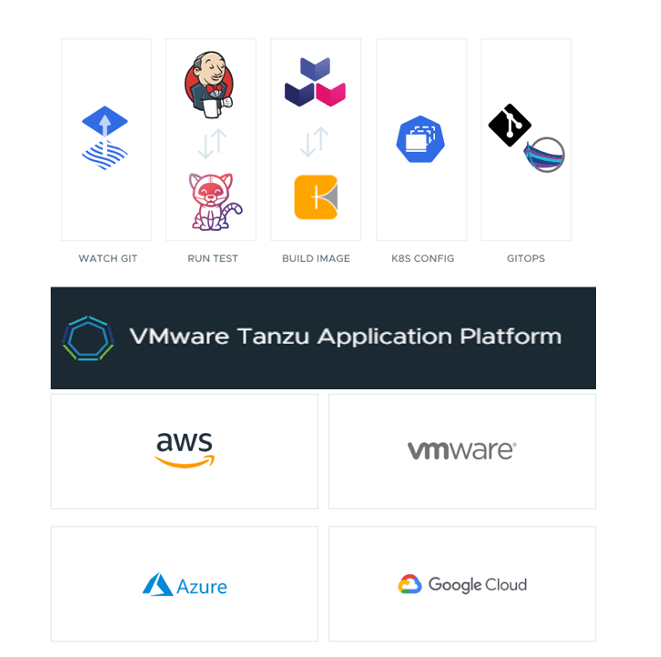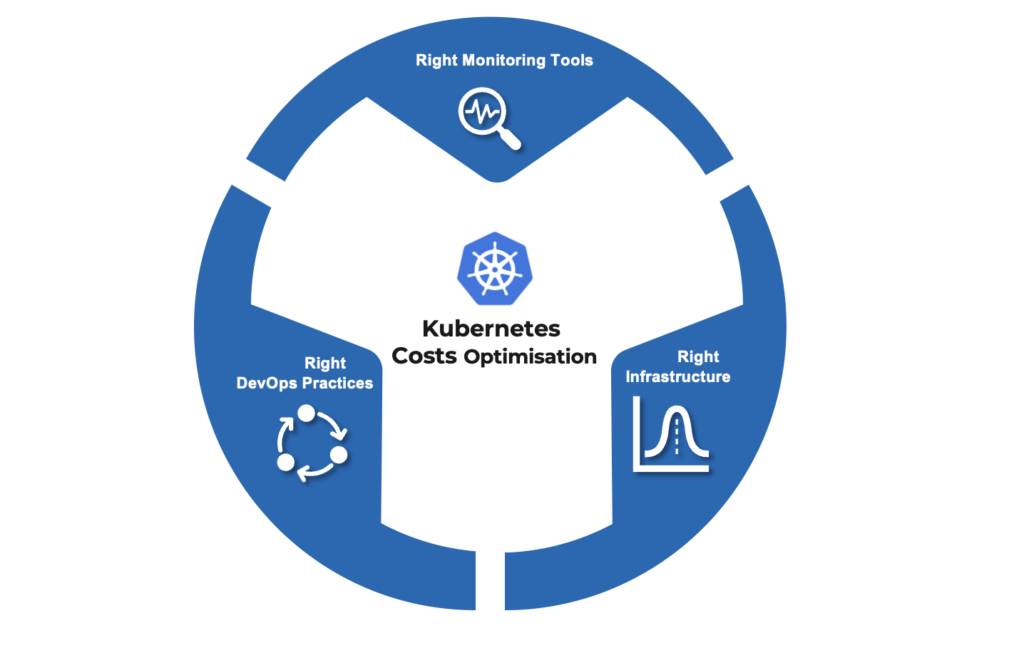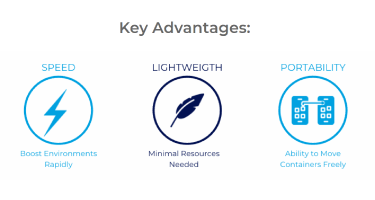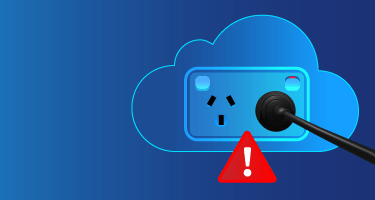What is Cloud Transformation?
What is Cloud Transformation? What is cloud transformation? In today’s world, cloud is the first option for everyone to run their workloads, unless they have a compelling reason such as compliance or security concerns to deploy it on-premises. Most of the organisations who manages their workloads on their own data centres, are looking for an opportunity to move to the cloud for numerous benefits which most of the cloud services providers offer. As per the recent survey by Forbes and Gartner recently increased prior forecasts of worldwide end-user spending on public cloud services to anticipate a 23.1% jump this year, followed by a more than 16% increase in 2022 — up from $270 billion in 2020 to just under $400 billion. While the acceleration of cloud transformations continuous, most businesses data still reside on on-premises. Consequently, hybrid solutions that were once downplayed by virtualisation have emerged as not only practical but likely a preferred approach. We’ve moved past the “cloud-first” era to a time when clouds are becoming omnipresent. There are numerous benefits in using cloud services. Some of key benefits are discussed below; Pay per use: Switching from the on-premises IT infrastructure to remote cloud infrastructure provided by a third-party cloud provider allows businesses to make potentially significant cost savings in their IT expenditure. Disaster Recovery: Cloud computing ensures that disaster recovery is much easier than it might otherwise be. This is because critical data is stored off-site in third-party data centres, thereby making it easier to retrieve in the event of unscheduled downtime. Scalable: As your business grows, so is your infrastructure needs. Alternatively, it may be that you’ve had to scale down your operation, and with it your IT compute and storage needs. Cloud computing provides easy scalability, allowing you to scale up and scale down as your circumstances change. Less maintenance: By adopting cloud, businesses can free up the resources (including both financial and human resources) for deployment in other areas. This allows them to have more focus on customer base, rather than managing and maintaining their own IT resources. Security: Data security has been one of the key aspects to be considered when migrating into cloud. cloud providers go to great lengths to ensure that data is kept secure. They are tasked with protecting data from threats and unauthorized access, and this is something they do very effectively using robust encryption. Because of these obvious reasons and much more benefits, many businesses are starting their journey to move or transform their applications or workloads to the cloud and this process of migrating or transforming the applications or workload is called as “Cloud Transformation” What is Cloud Transformation? Cloud transformation is simply the process of migrating or transforming your work to the cloud, including migration of apps, software programs, desktops, data, or an entire infrastructure in alignment with the business objectives of the organization The first step in performing the transformation is to do a comprehensive assessment if the cloud computing is suitable for our organisation from a long-term business strategy. Cloud transformation is popular because, among many other benefits, it increases the efficiency of sharing and storing data, accelerated time-to-market, enhanced organizational flexibility and scalability, and centralize their network security. Overall, it hugely changes the way of operating a business. How to Approach Cloud Transformation? As state above cloud transformation is the enablement of a complete business transformation. To achieve this, organizations focus on cloud strategy, migration, management and optimization, data and analytics, and cloud security to become more competitive and resilient. There are various ways the transformation to the cloud can be done but you may need to choose the option that better suits your organisation and its goals. A few options listed below will help you to consider the right options for the transformation approach. Understanding the Organisation long term goals and environment Security and regulatory considerations Building a cloud transformation strategy and roadmap Choosing the right cloud and approach Defining a Robust Governance model Layers of Cloud transformation All or any of the below component layers are to be changed as a part of transformation when migrating to the cloud. Application layer It is the core layer where your application is hosted to run. It is also known as compute layer to run application code which performs business operations. Along with application code base, it also contains dependencies and software packages which are required to run your application. Data layer It consists of data which are processed by the application layer. This is the layer which maintains the state of your application. Storage (Files, Databases, stage management tools) is the key components of this layer. Network layer It consists of network components like LAN, router, load balancers, firewalls, and VPN etc. It is responsible for providing the segregation between different components and ensure restriction is applied between them as needed. Security layer Though it is mentioned as a separate layer, it will be part of each other layer mentioned above. For e.g., when migrating application layer, we will not be just migrating it but will be considering proper security in place by having security rules (firewall rules) in place and only the required traffic is allowed from and to the application. It applies for data and network layer as well. Types of Cloud transformation Distinct types of cloud transformation are listed and discussed below, Lift & shift (or) Re-hosting Re-platform Re-factor (or) Re-architect Develop in cloud Lift & Shift (or) Re-hosting This approach is nothing but lifting the application from on-prem and deployed to the cloud as-is. This is one of the quickest ways to transform the application from on-premises to the cloud but will not utilize the benefits of cloud-native features. The applications which do not have dependencies with on-premises and have less business impact are the ideal candidates for this approach. It is a way to start your cloud journey with smaller applications and then progress to a bigger one. Application layer – No change Data layer – No
What is Cloud Transformation? Read More »
Cloud-Native, DevSecOps





